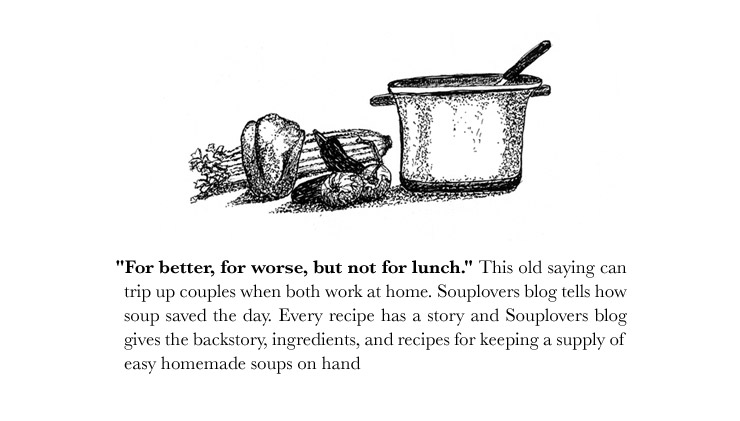The real deal for making stock from beef or veal is another story altogether than dealing with poultry. Since our refrigerator was filled with the gift of three large bags of veal bones, I could see how the next cold day was going to get a lot warmer inside with the roasting of some bones.
Preparing beef/veal bones for soup requires, first of all, a HOT oven and a couple of hours of roasting. If there is anything else you can think of to cook while you are at it, then the (household) energy expended can turn out to be more worthwhile, but it has to be something that needs to be cooked at 400 (or, to accommodate baking, 450 for part of the time and 350 for the rest).
Ingredients
8 pounds veal bones
3 carrots, scraped and chopped
3 yellow onions, peeled and chopped
3 stalks celery, chopped
3 Tbsp tomato paste
2 cups dry white wine
2 plum tomatoes, chopped
2 cloves garlic
2 bay leaves
10 black peppercorns
3 sprigs parsley
4 quarts water
Directions
- Preheat oven to 400 degrees. Put bones in a roasting pan and roast for 1 hour.
- Add carrots and onions and cook for another 40 minutes, or until well browned.
- Remove bones and vegetables to a soup pot. Put the roasting pan across two burners, add tomato paste, and deglaze with the wine. Simmer until all particles are loose, then add to stock pot.
- Add remaining ingredients and bring to a boil. Lower heat and simmer uncovered for at least two hours. Stock should be reduced by a third.
- Strain stock and discard solids. The stock can be frozen in small containers to use for sauces or large containers as a soup base.
With the addition of further ingredients and more cooking, some of this stock can be converted into demi-glace, a richly condensed brown sauce that goes well on sliced steak or fillet mignon.
For us, the stock went into the making of a French onion soup, and the gravy for a sliced steak.
















